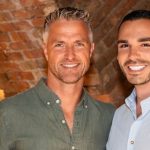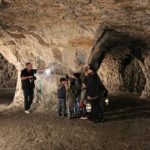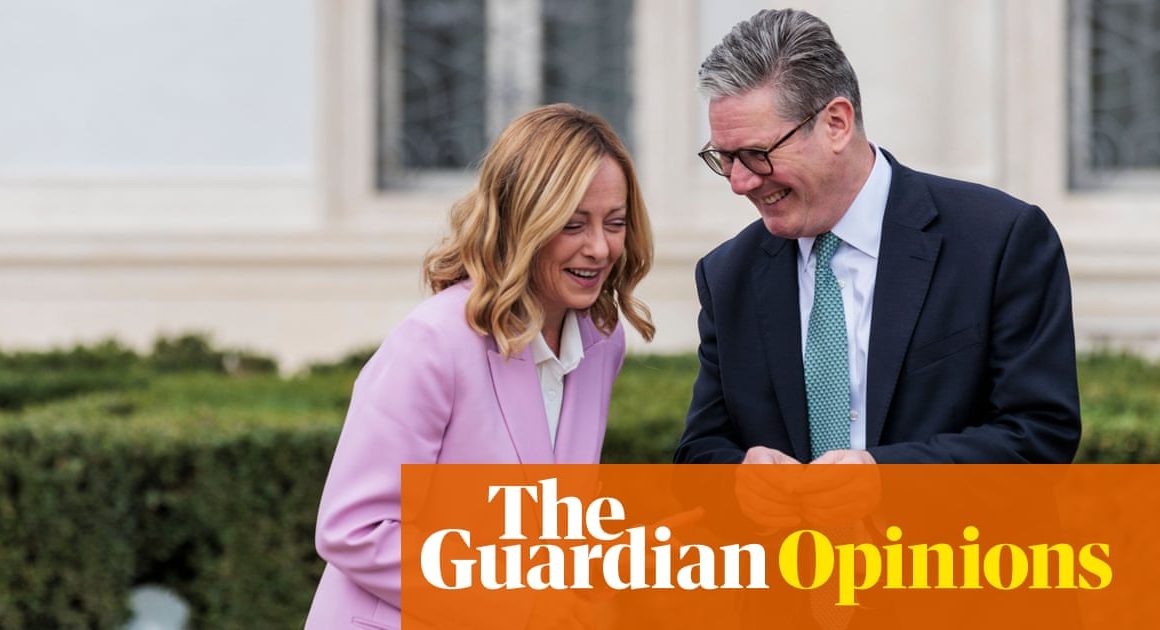Everyone who was around in 1974 remembers the runway going in. From above, the kilometre-long tarmac strip resembles a faded scar through the belly of Lord Howe Island, a tropical jewel of conservation 600km off the New South Wales coast.
For longtime locals such as Robert Jeremy, its completion marked the end of a wilder era.
Jeremy is a descendant of one of the first settlers of the island, a south Pacific paradise uninhabited by humans until its discovery in 1788. He has fond memories of summers spent at his grandparents’ island property, which hosted the butcher’s shop, dairy, liquor store and library.
“The island was very family-orientated, there were no telephones, it was an isolated place,” he says. “The old family network has broken down quite a lot, but it’s still there in a meaningful way.”
Then came the runway. It opened the island to the outside world, paving the way for the expansion of the tourism industry and successful conservation campaigns. It was a lifeline – and also the final nail in the island’s long tradition of subsistence farming.
Fourteen years ago, Jeremy and his wife, Meredith, left behind their corporate lives on mainland Australia to restore the three-hectare family farm – a small property by mainland standards, but on this 11km-long, 1,455ha island, it’s sizeable. They established a market garden and for a time supplied the island with fresh produce, but, Jeremy says, “we just couldn’t compete with Woolworths”.
In his grandparents’ era, the island could go months without a resupply ship. Now a fortnightly supply ship and weekly freight plane delivers online supermarket orders for residents and some tourists. Even with the pricey freight costs, the Jeremys’ farm couldn’t compete and has instead specialised in boutique souvenirs.
Before the airport, there was little option but self-sufficiency. “What you ate is what you grew, that’s how it had to be,” says islander Larry Wilson, age 76. As the frequency of flights increased, so did the flow of modern-day conveniences. Now tourists are the lifeblood of the economy, though the maximum number of visitors is capped at 400 to protect the island’s stunning natural environment, which was recognised as a Unesco world heritage site in 1982.
“In those days everybody helped everybody,” Wilson says. “With tourism, everyone is just a little bit greedier … the God almighty dollar is here.”
Larry and his wife, Liz, grow about a quarter of the food they eat, specialising in dwarf cavendish bananas. They used to barter the excess for other produce, but now they sell for $4 per kilogram.
In other ways, the island culture remains firm in tradition. With only 445 permanent residents, locals must wear many hats. Larry’s cousin Gower Wilson, 84, is the community mechanic, handyman, car inspector, butcher, plane refueller and runs the island’s only petrol station. “Life here is so carefree, you’re not pressured to do anything, go anywhere,” he says.
At 4pm, you’ll find Gower doing the same thing he’s done for the past 75 years: hand-milking a few of the island’s dairy cows. Gower does a milk run to about 20 neighbours, filling up bottles left on the side of the road for $1 a litre.
In his spare time, he mans the island’s sole abattoir, servicing a small beef cattle herd and more recently a tiny sheep flock; in 2020, 21 sheep were flown in to re-establish them on the island after a half-century hiatus.
It does not produce enough to satiate the island’s meat consumption, particularly in the summer when the influx of tourists causes the population to temporary double to 1,000 people.
‘A sense of kinship’
Concerns about fragile supply chains and the environmental impact of flying in produce has reignited interest in producing more food and beverages and on the island.
Brewer Alastair Gillespie moved to Lord Howe with his partner, Louise, three years ago to establish the island’s first brewery. They also grow tomatoes, capsicums, and Kentia palms grow in greenhouses and they are trialing mushrooms in a makeshift grow room.
“It’s beautiful to experience community in this age; the island has a sense of kinship that doesn’t exist on the mainland anymore,” Louise says.
They were able to find somewhere to live on the island, but most aren’t so lucky. Extremely strict building regulations to preserve the island’s fragile environment mean just 26 new dwellings have been built in the past two decades.
On Tokasa and Bruce Thompson’s property, mango, avocado and custard apple trees surround sweet potatoes and cassava. When Tokasa moved from Fiji to Lord Howe 37 years ago, she brought a rich subsistence farming culture with her. Soon she had filled a bare paddock on Bruce’s family property with an abundant vegetable garden. Along with plentiful kingfish caught at sea and a few store-bought staples, it’s enough to feed them all year around. They drop any surplus in wheelbarrow on the driveway next to an honesty box and barter the rest.
They are an outlier. Most locals now import the majority of food they eat from the mainland, even though cost of living increases compounded by rising freight costs have seen the price of goods on the island skyrocket in the past few years. Tokasa is determined to reduce her bills even further. “I’m going to change the way we grow so we don’t need to buy as much,” she says.
Jack and Cindy Shick also grow their own food, and supply excess tomatoes to tourist lodges and honey to the brewery. “His tomatoes are the best I’ve ever eaten, and I’ve eaten tomatoes in Italy and France,” local chef Dennis Tierney says.
Locals who do not grow their own food, or who miss their weekly online grocery order from the mainland, rely on Joy’s shop, which has shrunk from a greengrocer to a corner store and gift shop with the popularity of grocery deliveries from the big supermarkets.
Like the Thompsons, the Shicks also inherited a few acres of land, originally clear-felled for grazing a few cattle.
They decided to revegetate the landscape. “We want to look after the environment a bit more here; cows can cause a fair bit of degradation,” Cindy says.
The project coincides with a broader recovery taking place across the island, 75% of which is permanently protected nature reserve. Saplings are springing up on forest floor in unseen numbers ever since the successful eradication of invasive rats and mice, which ate native seeds before they could germinate. Insects have also returned, and the once near-extinct Lord Howe Island woodhen has rebounded in such large numbers locals joke the flightless bird has replaced the black rat as chief island pest.
On the Shicks’ property, as well as shielding their home from gale-force winds from the west, the revegetation project is a response to immediate environmental concerns. Last summer was the hottest recorded on the island with widespread coral bleaching, and average rainfall has been decreasing since 1950.
Tierney has his own market garden to supply his restaurant but limited staff and water in the summer months make food production on the island difficult. “A lot of it comes down to people having time; most of the old families own lodges now, having to garden is not necessarily the easiest thing,” he says. “There’s only so much land.”











